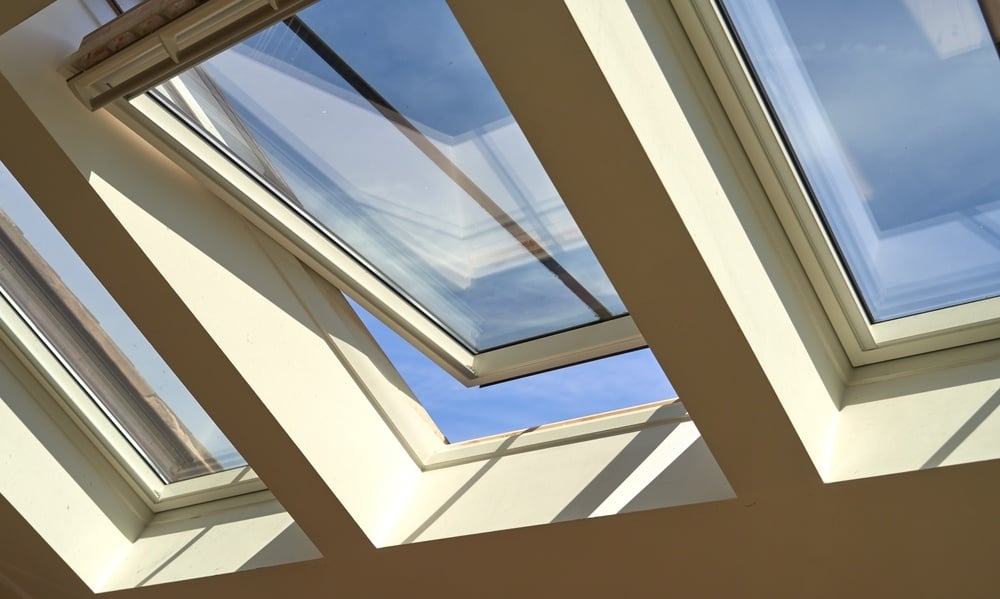
Sep
What Insulation would best suit your roof and home?
The Inuits of Canada were onto something when they first got into insulating their homes. Icy domes, also known as igloos, enabled the comfort and warmth of up to 16 degrees Celsius - doesn’t sound too warm but putting it perspective, outside temperatures got as cold as -45 degrees Celsius! Tracing back through history, we can see these homes as one of the first shelters that considered insulation. Constructed from whalebone and hides these homes paved the way for modern technology to catapult homes in both colder and warmer regions to provide optimal conditions to live in. Insulation keeps the heat outside during summer, and helps to trap valuable warmth indoors when it’s freezing outside, this lessens the need for any additional heating or cooling.
Like with igloos, insulation is the key to regulating the temperatures in your home through your roof. You could be losing as much as 30-35% of your home heating through your roof. At Roo Roofing, we can help you to easily install roof insulation and enable you to start saving money on energy bills. There’s a wide range of insulation for your roof and in this post, we talk about what insulation would suit your home and home best.
Options
Before considering insulation roof, first check if there’s existing insulation. New insulation could either be the same type or a different type altogether which would replace old insulation. Secondly, the type of roof is also a big factor - is it pitched? Flat? Do you have an attic room or storage roof in the roof cavity? This could determine if you could just insulate at the ceiling level instead. Another factor to consider is you and your family’s health - does someone in your household suffer from allergies or asthma? This will impact your choice.
When selecting insulation there’s a variety of options to consider with regards to the material, cost-effectiveness, thermal performance (r value - its ability to curb conductive heat flow), sustainability and available thickness. At Roo Roofing we specialise in three types of insulation: Cellulose Fibre, Polyester Batts and Earthwool Insulation.
Cellulose Fibre Insulation
As the name suggests, this type of insulation is made from cellulose fibre in the form of shredded recycled paper, so is not only doing its bit as an insulator, but recycling waste products too. It is good for use in hard to access areas. At Roo Roofing, our cellulose fibre insulation is guaranteed for the life of the structure, against vermin and insects, setting, compacting, moisture and 100% fire resistant. It exceeds the highest of all Australian Building Codes. The acoustic benefits of the fibre means you can enjoy noise reduction from the outside, for example, lawn mowers, cars, aircrafts etc. and internal noise is kept in, such as television noise, stereos, laundry etc. This means a quieter and more comfortable environment for your home.
Polyester Batts Insulation
Known as the safest synthetic insulation product available, polyester batts insulation has proven an excellent insulator in the toughest of climates. It is made from user-friendly, non-irritant polyester and is non-toxic making it completely dust and allergy free and won’t cause any skin or eye irritations. The product we install is fully approved by the Australian Asthma Foundation. Polyester batts reduce the heat gain & heat loss by up to 60% which in turn helps you save on your heating and air conditioning costs.
Earthwool Insulation
This new mineral wool brand was developed by Knauf insulation and offers superior feel, handling and environmental performance that of the traditional mineral wool. Most people who have handled fibreglass will recognise the “itch” one gets from touching it. This generally makes mineral wool and glass fibre insulation unpleasant to install. Earthwool is a low irritant product meaning no itch. This means that Earthwool is healthier and has a lower embodied energy when compared to other mineral and glass fibre insulations. No bleach or artificial dyes are added to the product giving Earthwool its natural look.
How to get the most out of your insulation
- Take note of R-values - in general, a higher R-value means better insulation performance. But the roof doesn’t account for total building material R-value, construction must also consider walls, windows and ceiling insulation. The effectiveness of insulation depends on the building design and construction.
- Meet building requirements - Check with your local building standards authority regarding any mandates covering the R-values and requirements of insulation in renovations, extensions and new building, before you make a purchase decision, as you’ll need to comply with these. Failing to do so, could be a costly mistake.
- Don’t forget that roof insulation is only one aspect of controlling the temperature in your home. A few other things to think about, include:
- Blocking places where air can escape, such as under doors, window frames, chimneys, air con ducts etc.
- Window films/glazing
- Curtains and blinds can stop the loss of heat/cool.
- Close off areas when they’re not in use and heat/cool the areas where you are at the time.








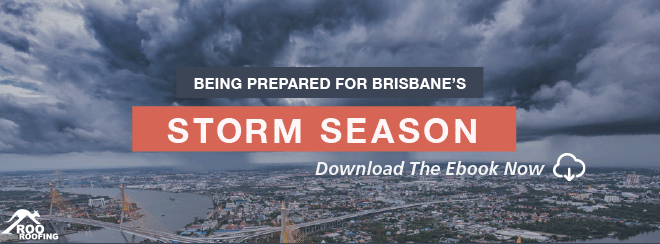
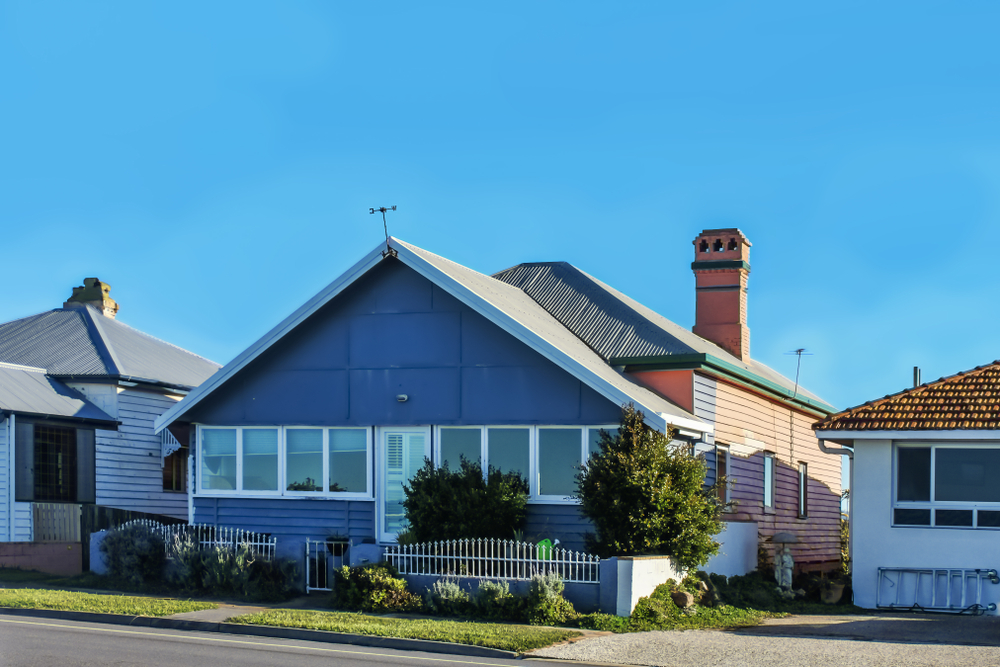
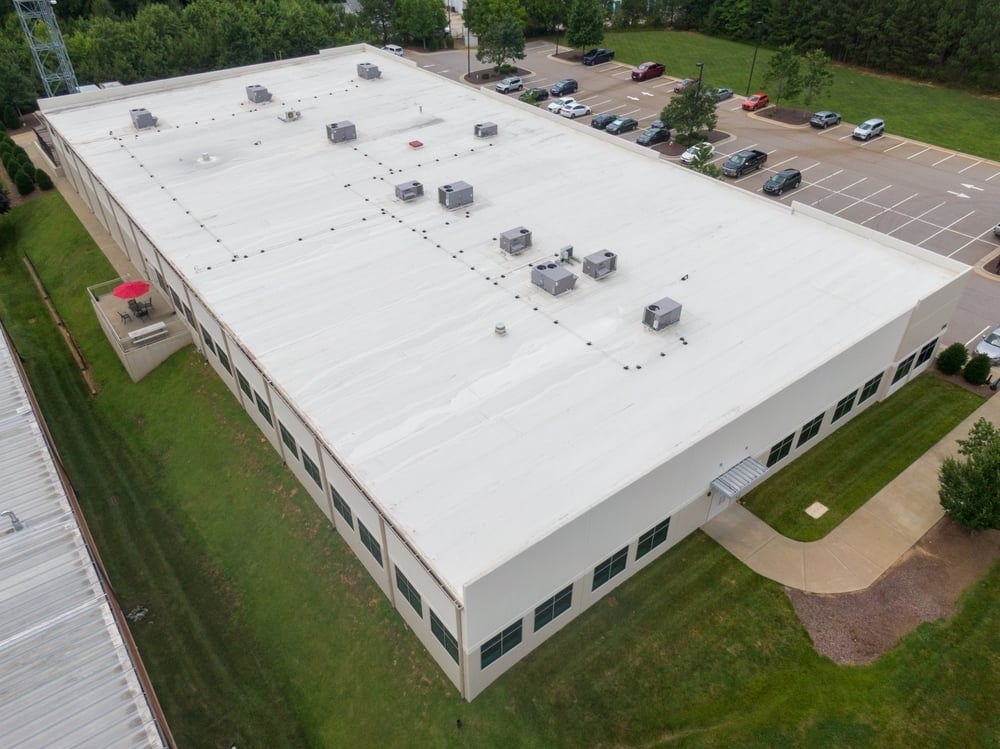
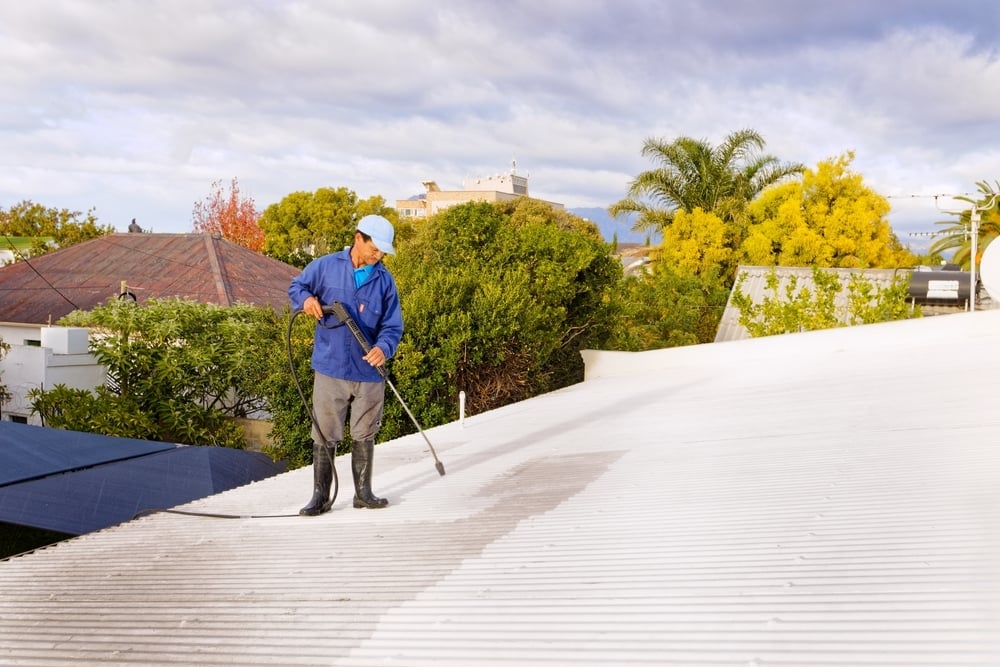
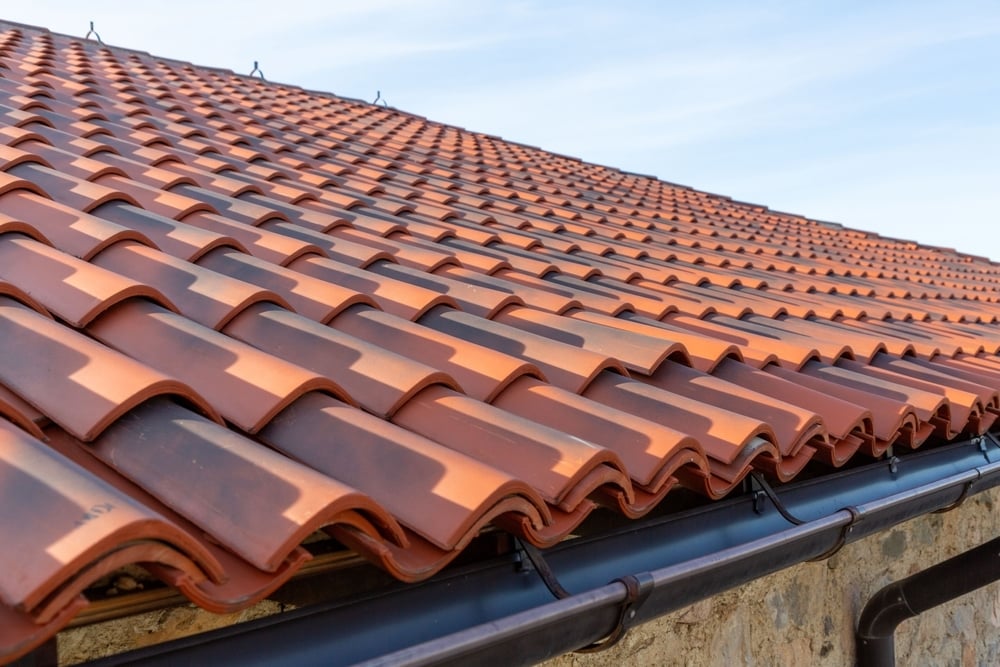
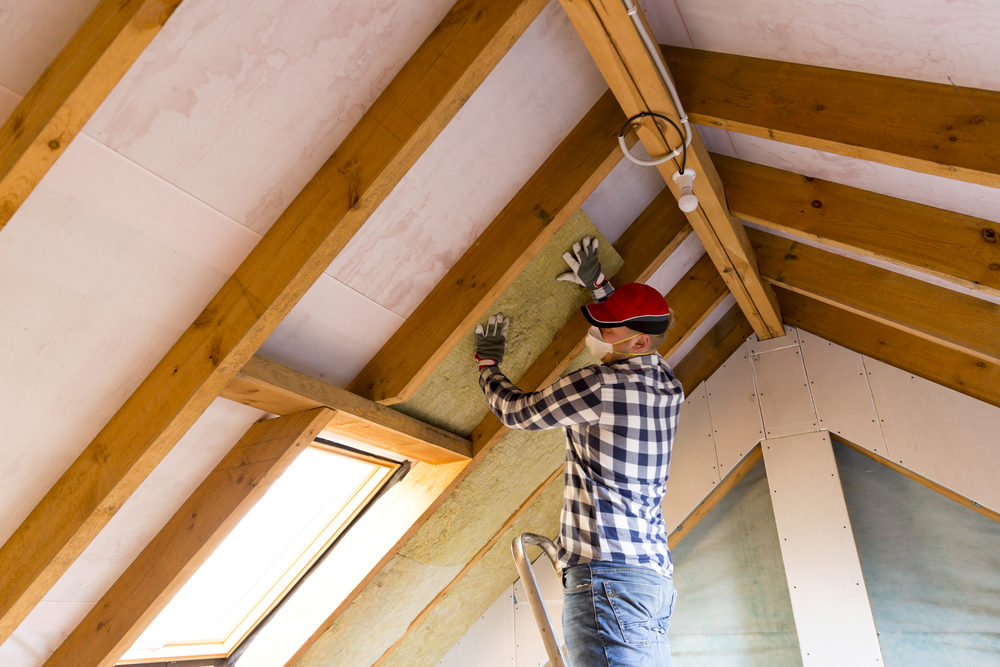
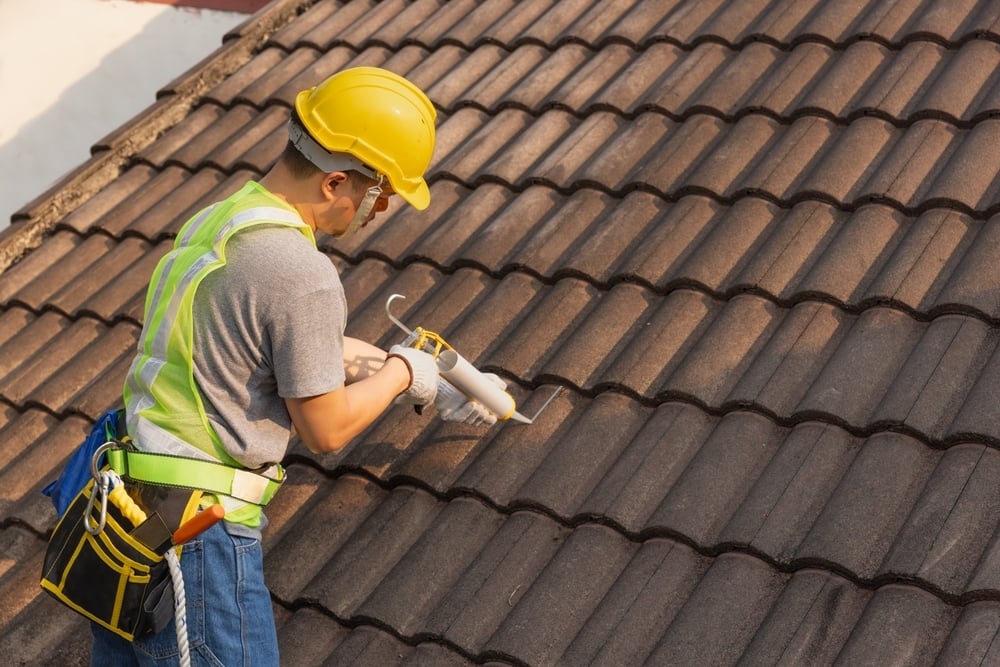
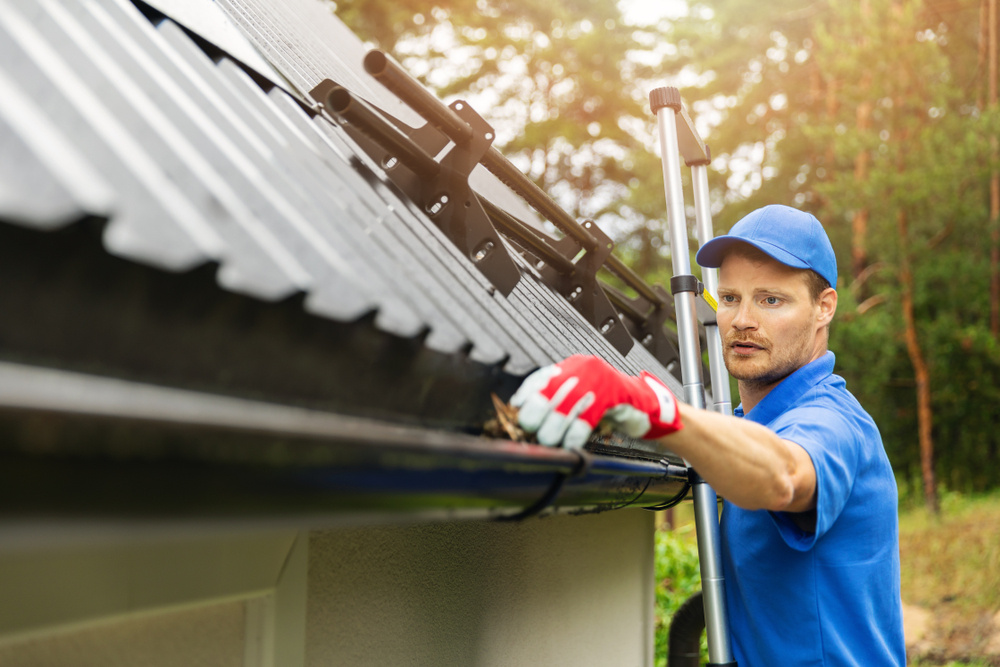

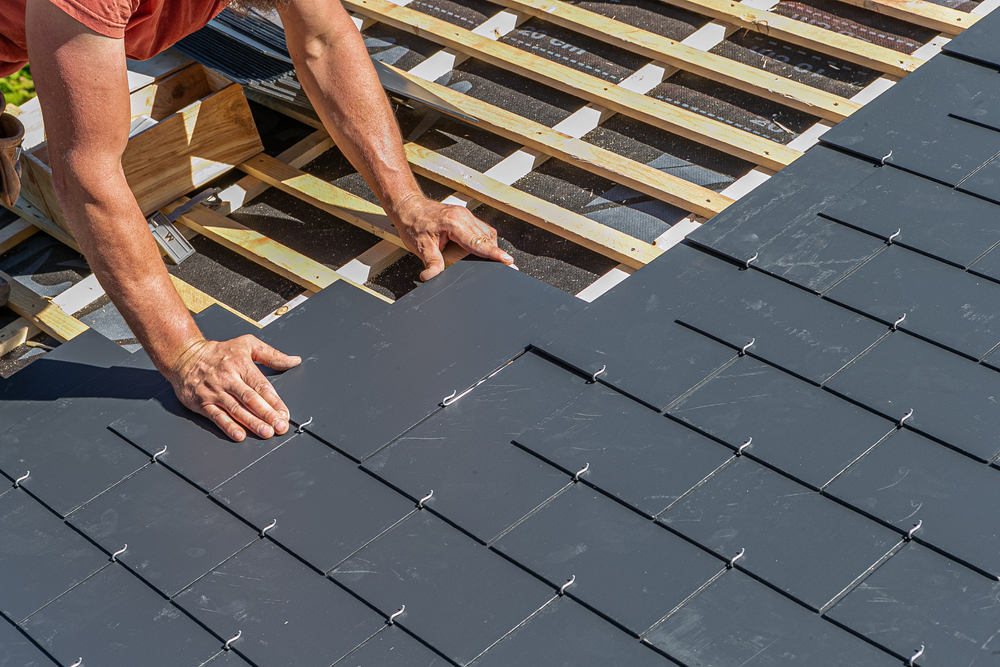
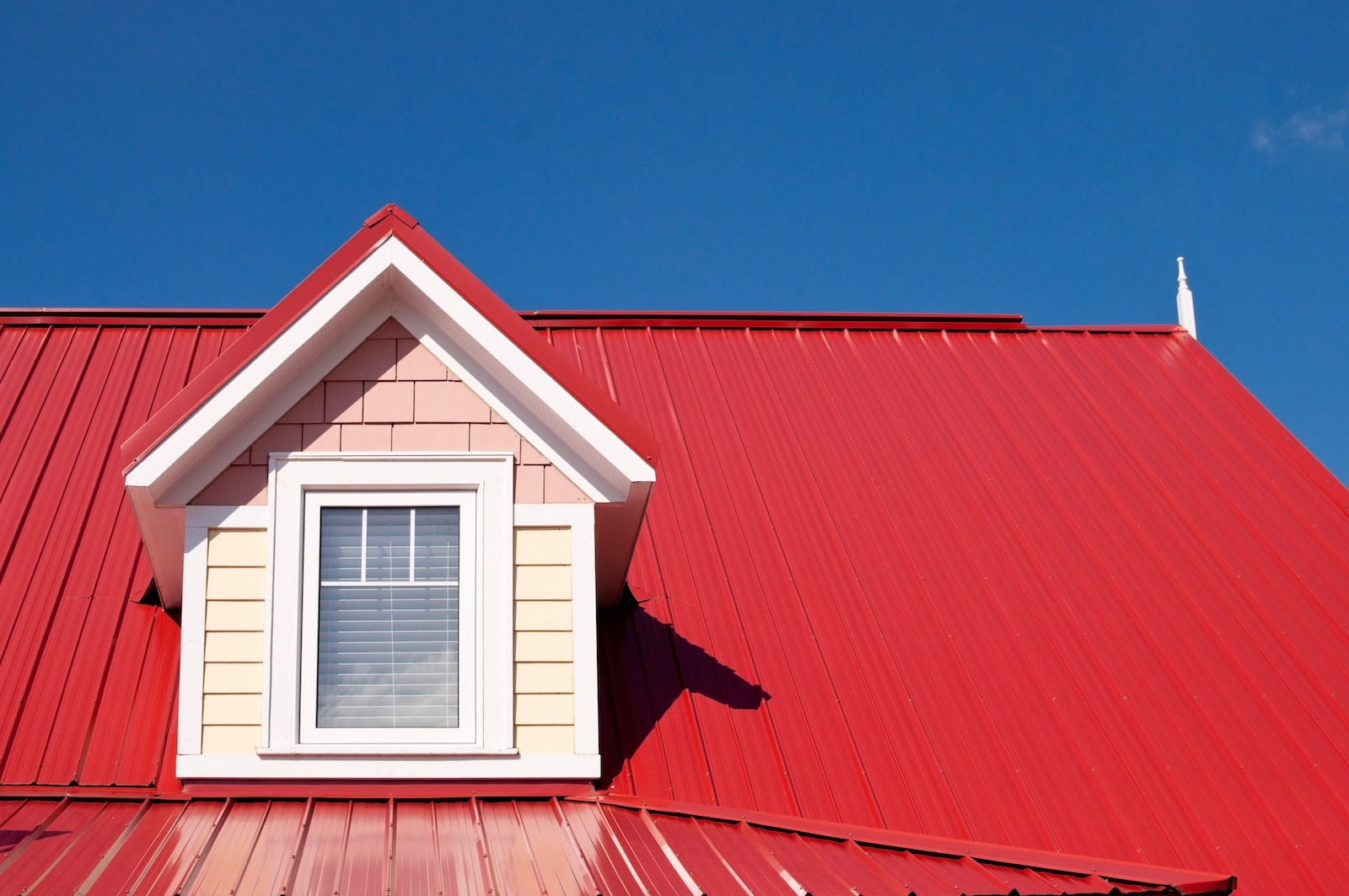
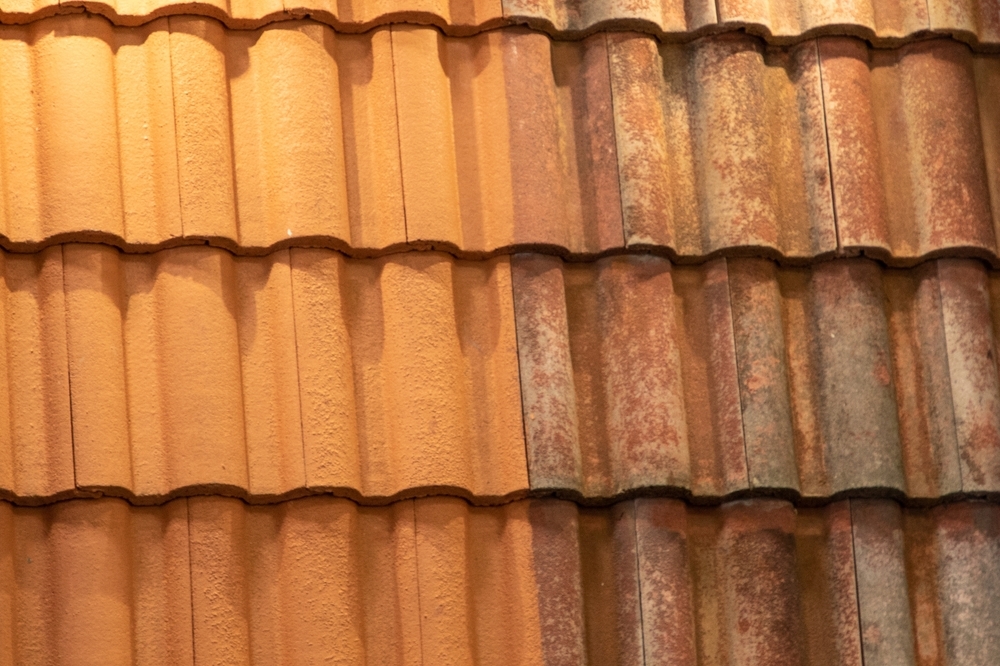
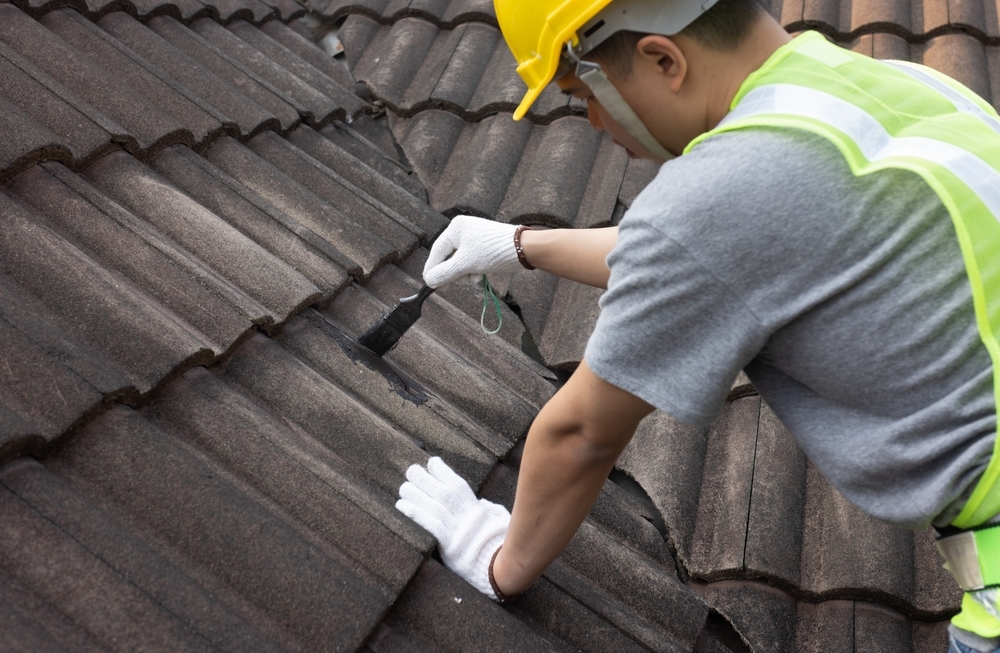
.jpg)
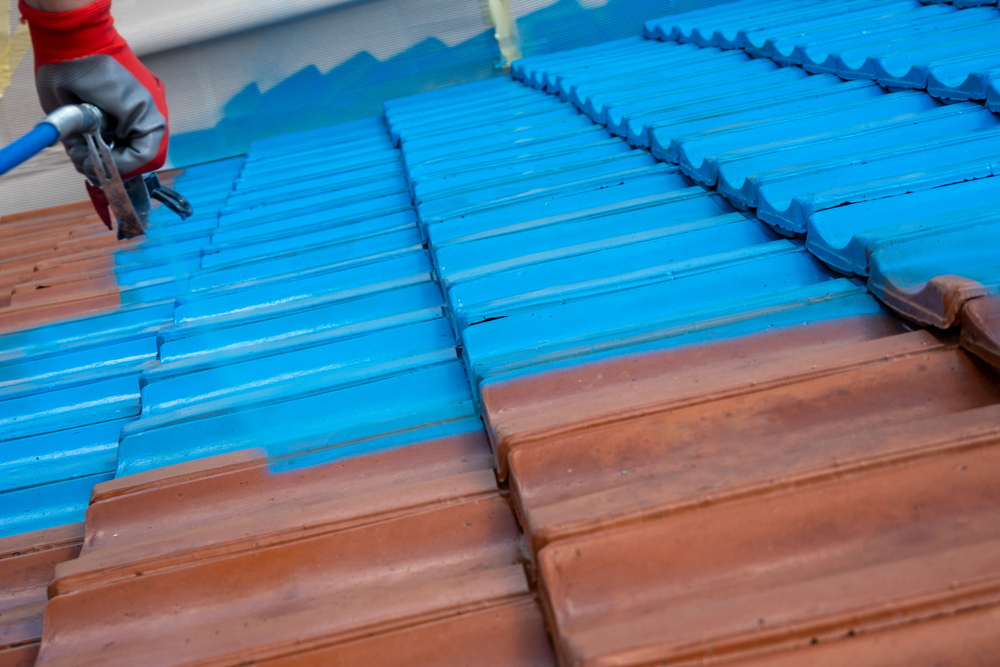
.jpg)
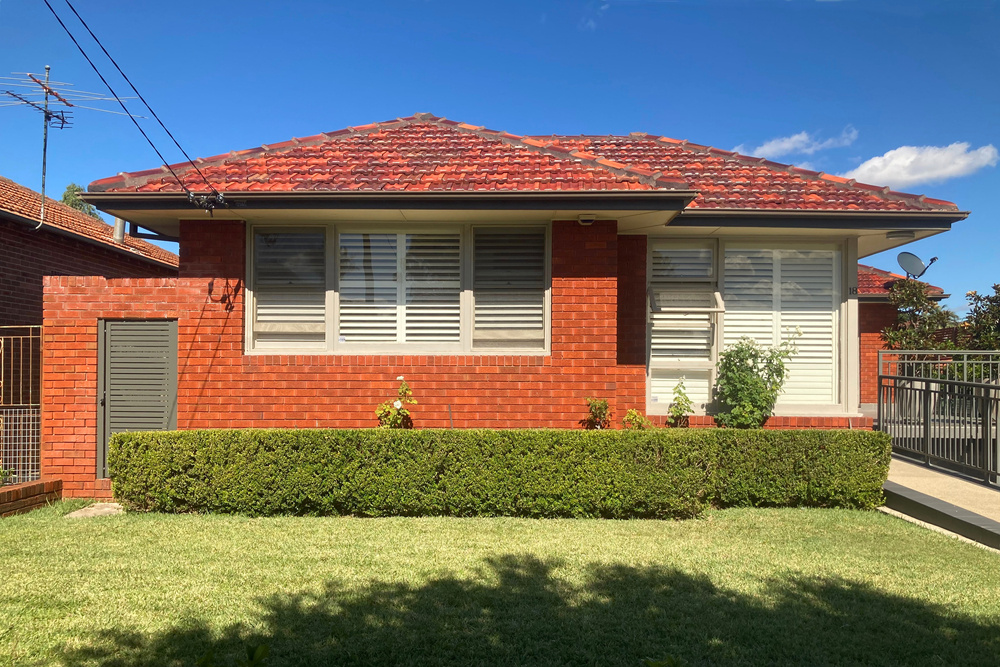
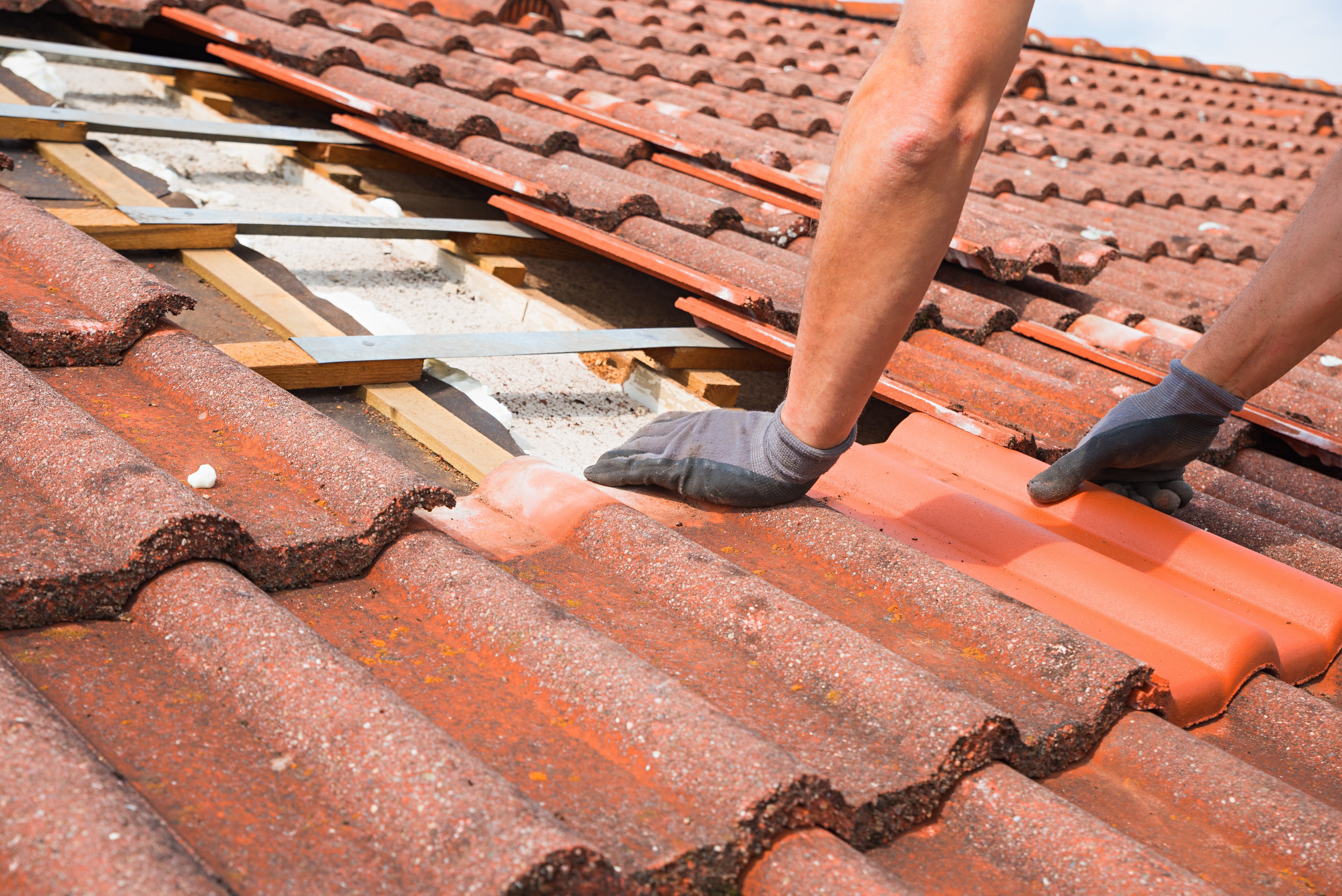
.jpg)
